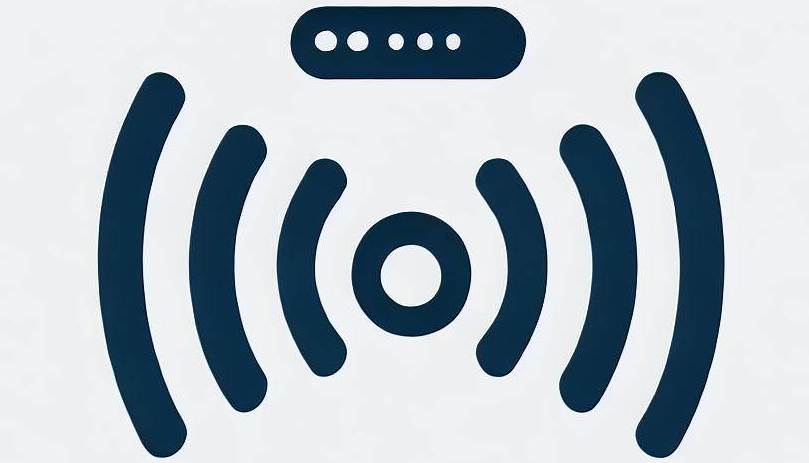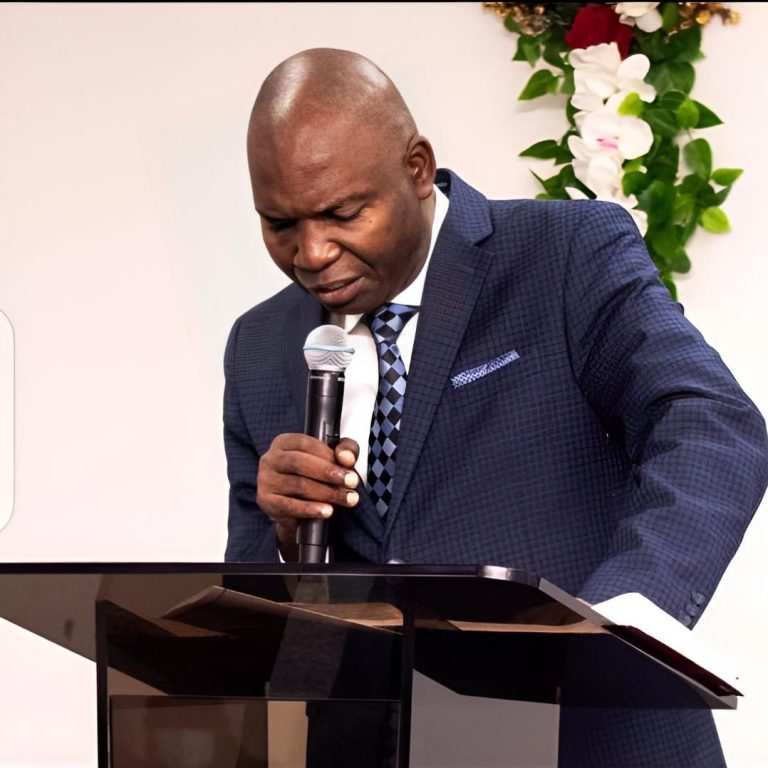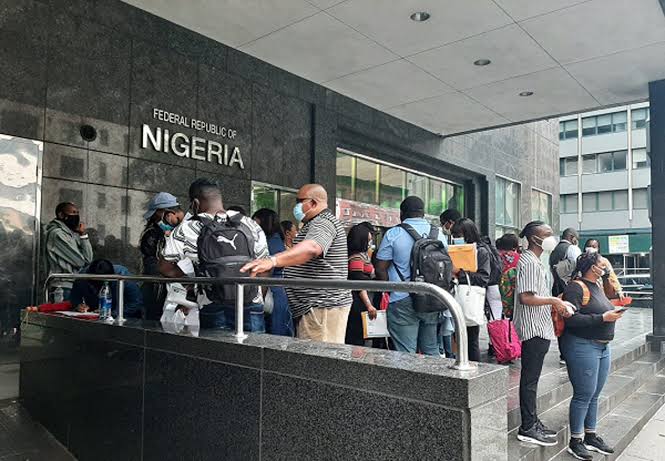Running Away: Escaping Pain and Trauma Once and for All

There is a peculiar paradox in the human condition—a yearning to escape, to flee from the shadowy corridors of our minds where pain and trauma lurk. The instinct to run is as old as humanity itself, a primal urge to distance oneself from the unspeakable. But can one ever truly escape pain and trauma, or is the act of running away merely a temporary reprieve, a futile race against our own shadows?
To run is to acknowledge that something within us is amiss. Trauma, like an unwelcome guest, invades the sanctuary of the soul, leaving its indelible mark. It may arrive unbidden, as a sudden jolt—an accident, a loss, a betrayal—or seep in gradually, through the steady drip of neglect or unkindness. However it enters, trauma reshapes the landscape of our inner world, turning familiar terrain into treacherous ground.
The temptation to flee is understandable. Many embark on literal or metaphorical journeys, seeking solace in new places, faces, or distractions. The allure of escape lies in its promise: a clean slate, a life unburdened by the weight of the past. Yet, geography and circumstance often prove inadequate barriers against the persistence of memory. One can change their surroundings, even reinvent their outward persona, but pain has a curious way of stowing away, a phantom companion that resists abandonment.
What, then, is the solution? To suggest that one should simply “face their demons” risks sounding trite, an oversimplification of a complex and deeply personal process. Yet there is a truth to be found in confronting the very things from which we wish to flee. Healing begins not in the act of running, but in the courage to pause, to turn back, and to meet our pain with compassion and curiosity.
This is no easy task. The road to recovery is neither straight nor smooth; it is a winding path marked by setbacks and revelations. Professional help, in the form of therapy or counselling, can offer invaluable guidance, providing tools to navigate the labyrinth of trauma. Equally important is the cultivation of self-compassion—a practice that involves extending the same kindness to oneself that one might offer to a dear friend in distress.
There is also power in storytelling. To give voice to one’s pain, whether through journaling, conversation, or creative expression, is to wrest control from the silence where trauma thrives. In articulating our experiences, we begin to integrate them, transforming fragments of anguish into a coherent narrative that no longer defines us but informs our resilience.
It is worth noting that escape is not always an act of cowardice; sometimes, it is a necessary respite. There is wisdom in knowing when to retreat, to seek refuge in moments of joy or calm, even if fleeting. These interludes of peace are not an evasion of healing but a vital part of it, offering glimpses of a life beyond pain—a reminder of why the journey is worth undertaking.

Ultimately, the goal is not to obliterate pain but to transcend it. Trauma may leave scars, but scars are a testament to survival, a reminder of the strength it takes to endure and, eventually, to flourish. To run away is to seek freedom, but true liberation comes not from the absence of pain, but from the mastery of it. In facing what once seemed insurmountable, we find that the shadows we feared are neither as vast nor as powerful as they appeared.













